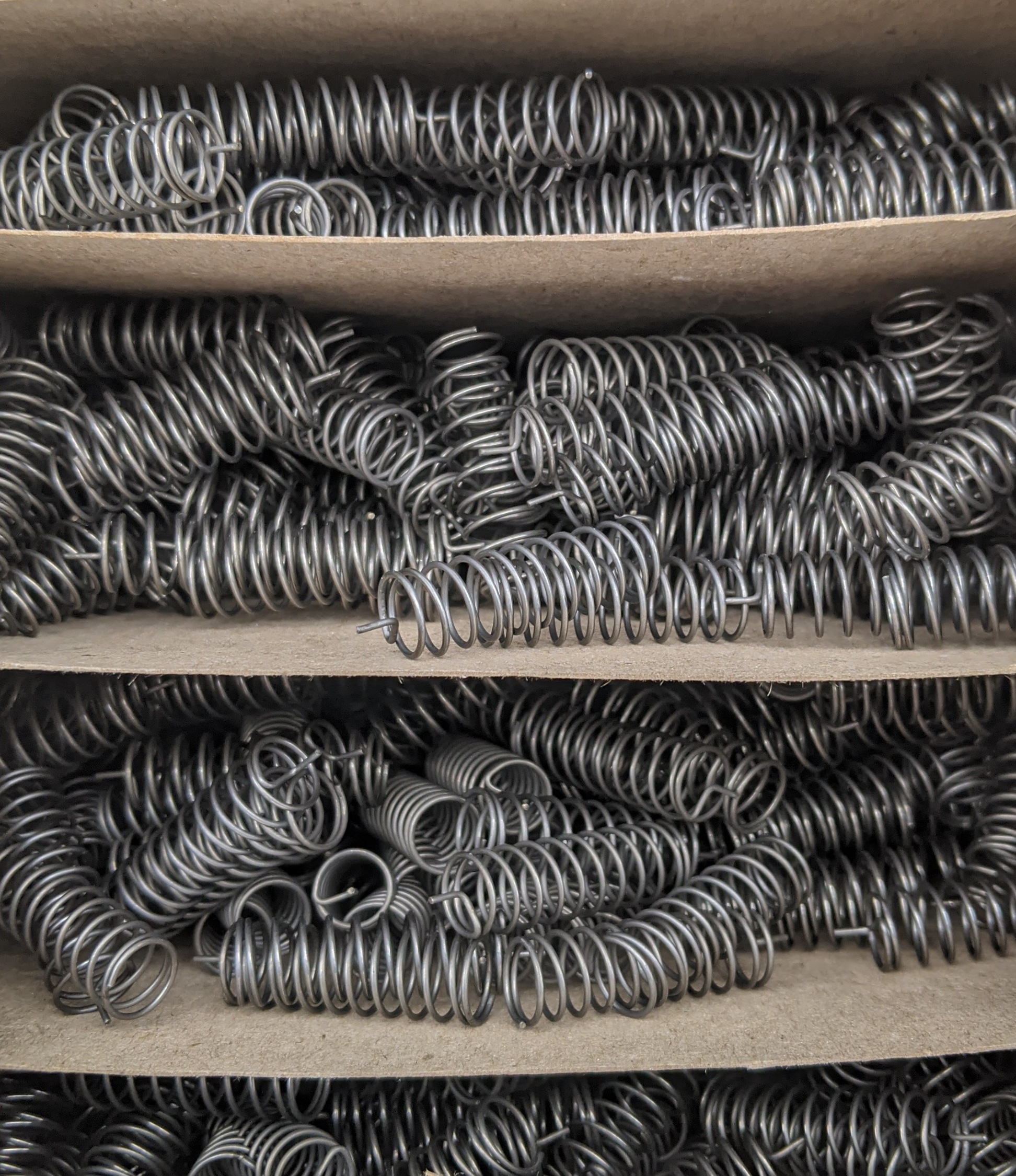Get unique, complex parts easily. No matter your requirements, Chaoyi Spring creates hard-to-produce coil springs and wire forms.
Let us help you create the custom wire form you need, from S-hooks and J-hooks to utility hooks and more.
We work closely with customers across a wide range of industries, helping them design and manufacture made-to-order parts.
Why choose Chaoyi Spring? We prioritize customer-focused collaboration, modern equipment and the latest technology to make your parts per print.
Find the information and guidance you need, from measuring a spring to learning about materials, placing an order and much more.
Springs are ubiquitous in our daily lives, from the simple act of opening a door to the complex mechanisms of cars and machines. But have you ever wondered what makes


Springs are ubiquitous in our daily lives, from the simple act of opening a door to the complex mechanisms of cars and machines. But have you ever wondered what makes a spring compress and how we can calculate this compression? This article dives into the fascinating world of spring compression formulas, explaining the physics behind these seemingly simple devices and how they play a crucial role in various applications.

At its core, a spring's compression is governed by Hooke's Law, a fundamental principle in physics. This law states that the force required to compress or extend a spring is directly proportional to the distance the spring is compressed or extended from its equilibrium position. Mathematically, Hooke's Law can be expressed as:
F = -kx
Where:
The negative sign indicates that the force exerted by the spring opposes the displacement. If you push the spring in (compression), it pushes back. If you pull it out (extension), it pulls back. This is the spring's way of trying to return to its original, relaxed state.
To calculate the compression of a spring, we can rearrange Hooke's Law to solve for x:
x = F/k
This formula tells us that the compression (x) is directly proportional to the force (F) applied and inversely proportional to the spring constant (k). In simpler terms, a stronger force will compress the spring more, while a stiffer spring (higher k) will compress less for the same applied force.
Several factors can affect how a spring compresses, including:
Understanding and applying spring compression formulas are crucial in numerous fields, including:
The spring compression formula is a powerful tool for understanding the behavior of springs and for designing systems that utilize these essential components. By understanding the factors that influence spring compression, engineers and designers can optimize spring performance and ensure reliable and efficient operation in a wide range of applications.
Springs are not just simple, coiled pieces of metal. They are fascinating examples of physics in action. By applying the spring compression formula, we gain a deeper understanding of these ubiquitous devices and their role in shaping our world.
Browse some of the custom wire forms and springs that we manufacture. Don’t see what you need? We specialize in made-to-order products that meet your application requirements.
Visit Our GalleryNeed a custom wire form or coil spring? We make it work. Fill out the contact form and a representative will respond within 1 business day. If you have a PDF or CAD file, you can submit to request a quote.